Related: Yangtze Patrol Force.
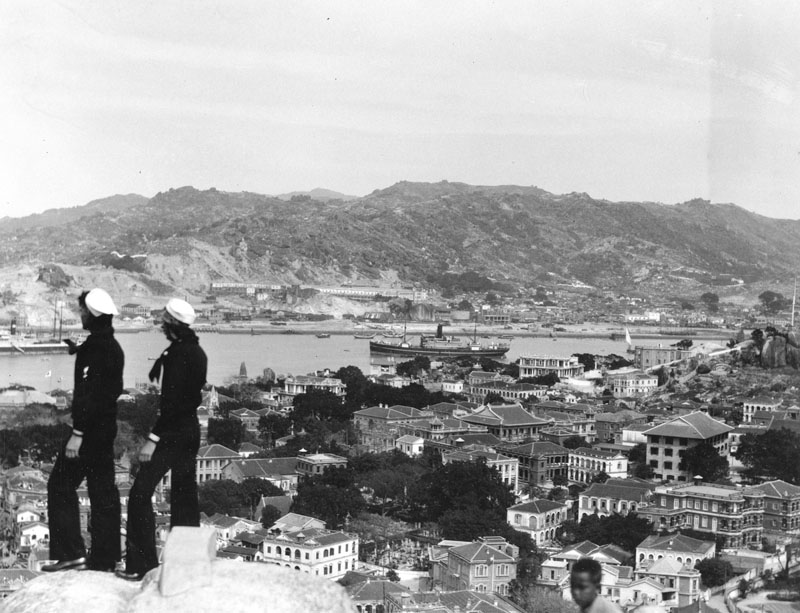
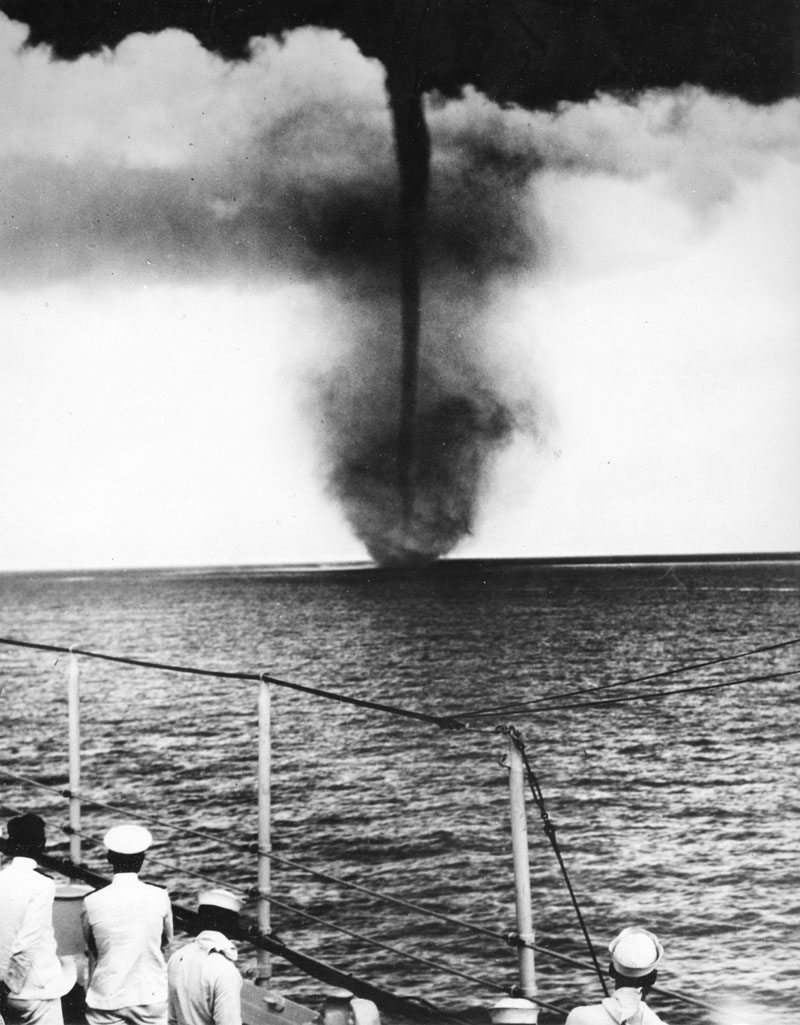
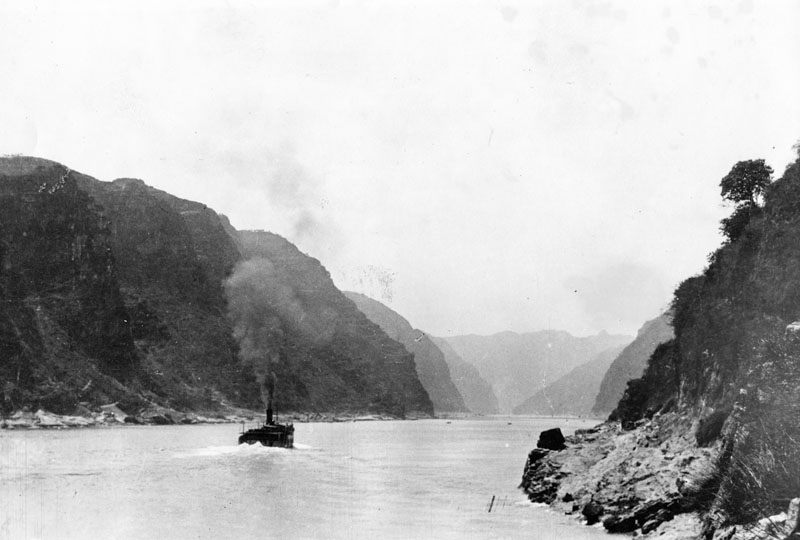
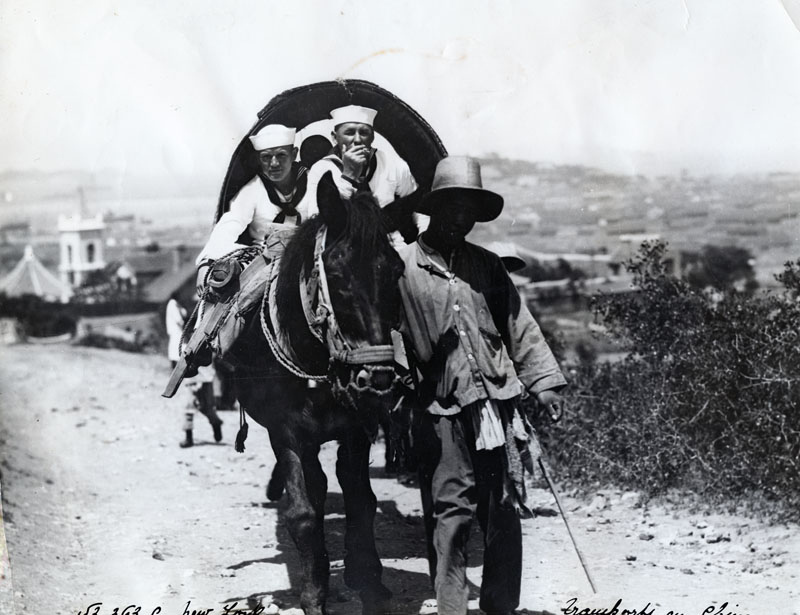
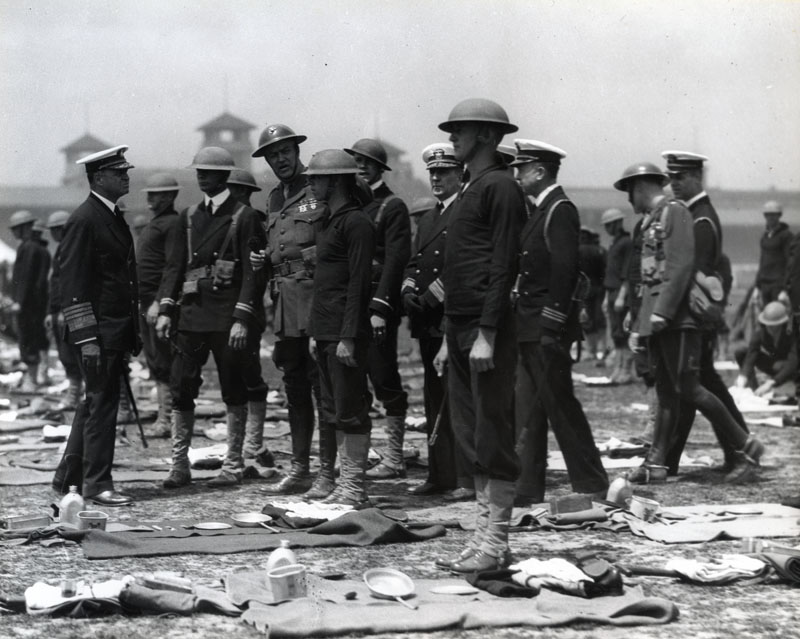
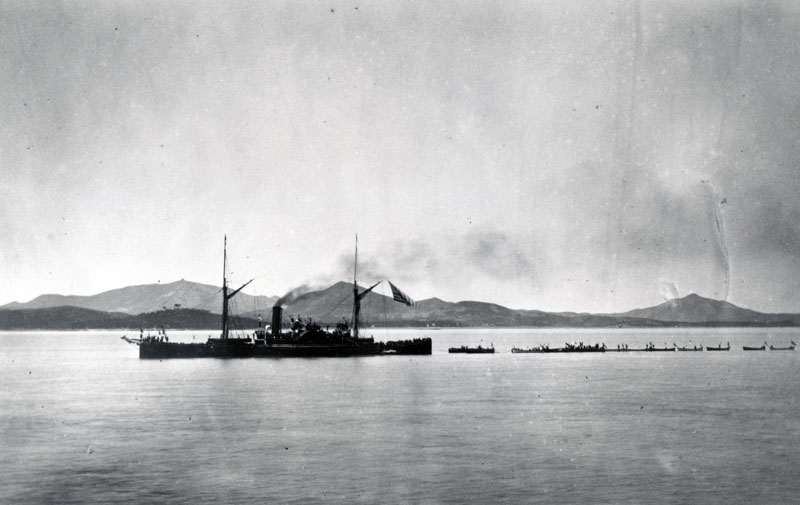
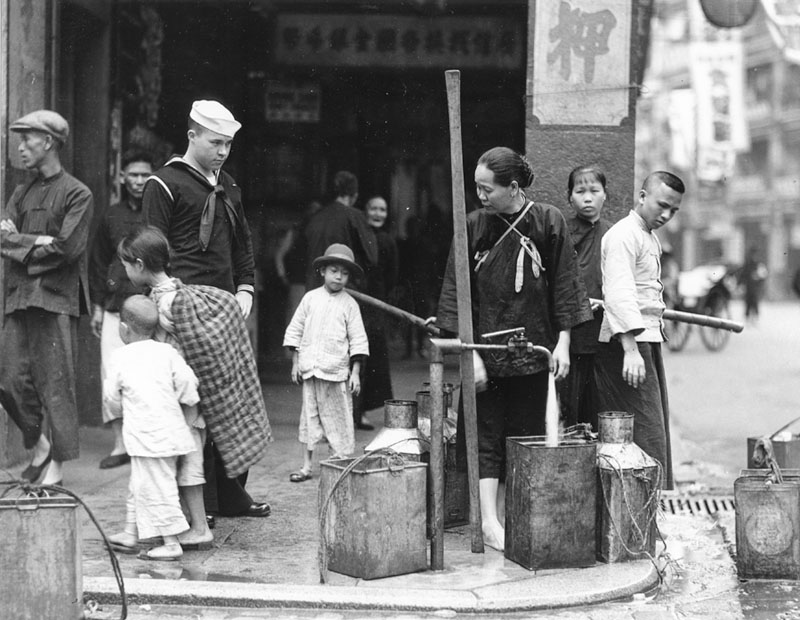
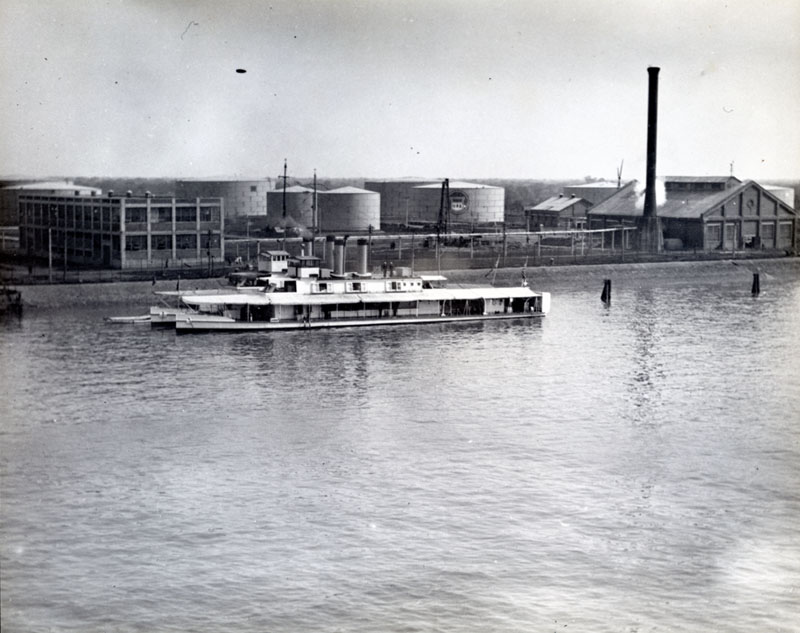
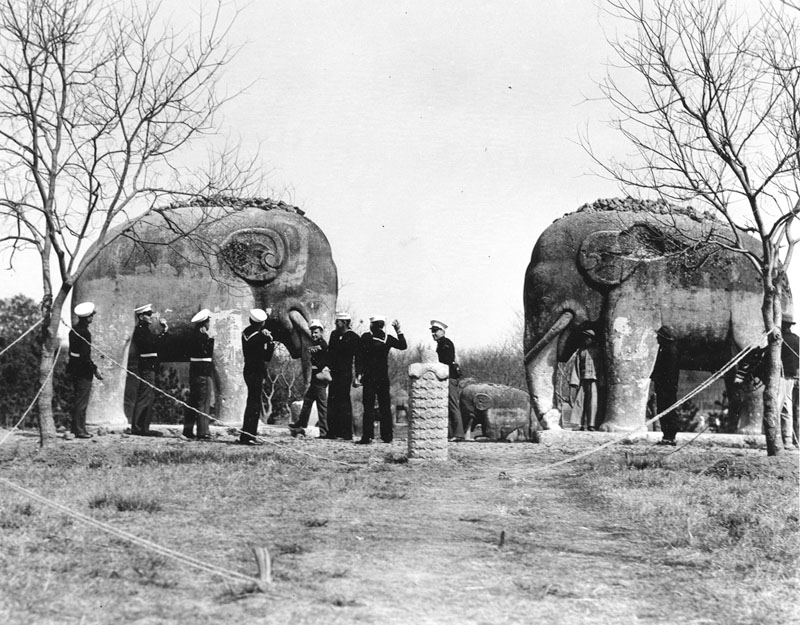
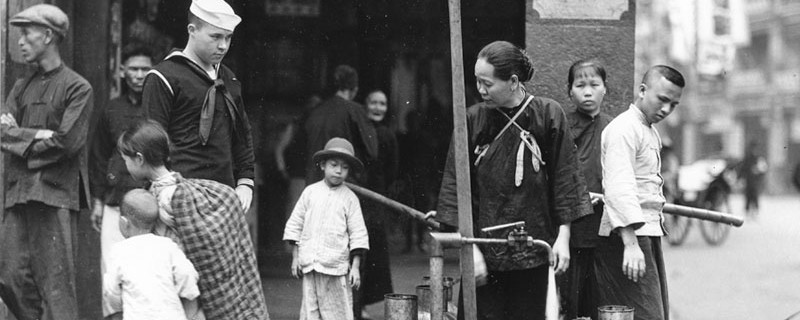

William Frederick Cody (1846-1917) led a signal life, from his youthful exploits with the Pony Express and in service as a U.S. Army scout to his globetrotting days as a showman and international icon Buffalo Bill.

Texan Sam Privett, the colorfully nicknamed proprietor of Booger Red’s Wild West, backed up his boast he could ride anything on four legs.

Sue Robinson rose from an itinerant life as a touring child performer to become an acclaimed dramatic actress.

Poet and playwright Oscar Wilde was no slouch at drawing crowds, critics and cash during his seven-week ramble of the American West in 1882.